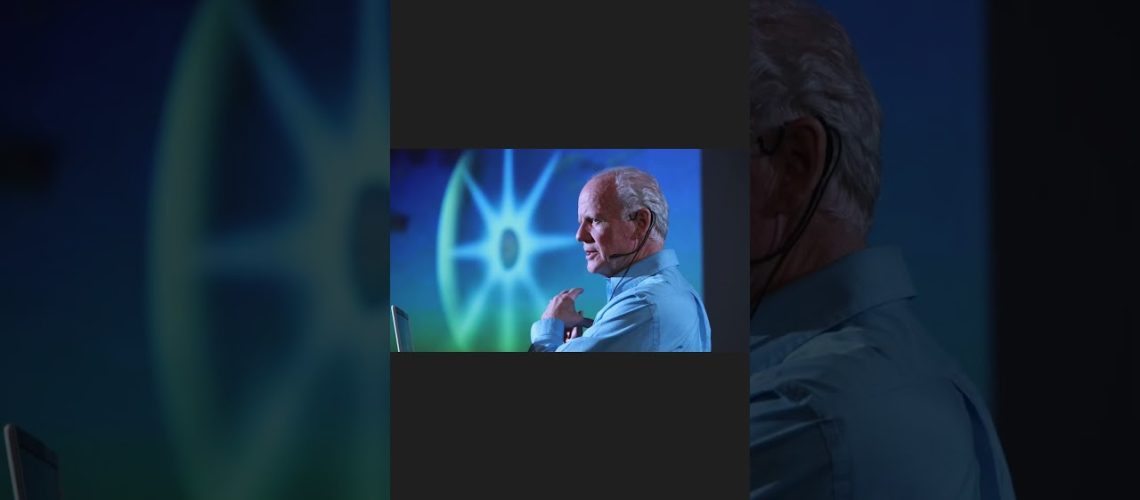Ev Cochrane: Chronicle of the Saturn Theory | Thunderbolts
Original Post August 16, 2025
Running Time 16:07
The phrase “Saturn Theory” means different things to different people and it’s necessary to distinguish between competing scenarios—but common consensus is a presumption that the planet Saturn played a pivotal role in recent Earth history and in the development of human civilization.
The theory can be traced to Immanuel Velikovsky whose ideas led to the central plotline of his controversial book “Worlds in Collision”, a runaway bestseller in 1950. Among his many claims was that the Earth might have been a satellite of a sun-like Saturn during an early epoch in prehistory remembered as the Golden Age.
Renewed interest in Velikovsky led David Talbott and his brother Stephen to launch the journal “Pensée” (1972-1975). During this period Velikovsky shared some of his key ideas regarding Saturn with his personal research assistants Bill Mullen and Jan Sammer. It was the synopsis provided by Mullen to David Talbott in 1972 that inspired the latter to launch his own wide-ranging research into ancient myth and archaeoastronomy, culminating in “The Saturn Myth”, published by Doubleday in 1980.
The ringed-planet continued to be a favored subject in another Velikovsky-inspired journal “Kronos” (1975-1988). Velikovsky himself wrote several articles on Saturn, inspiring others to examine Saturn’s role in ancient myth, such as our narrator Ev Cochrane, David Talbott, Wal Thornhill, Dwardu Cardona, Lynn Rose, Fred Jueneman, and Harold Tresman.
Although the Saturn Theory remains a work in progress there is reason to celebrate what has already been achieved, such as Talbott’s masterful demonstration of the astronomical origins of the primary archetypes of ancient myth—regardless of Saturn’s ultimate role.
A respected comparative mythologist, veteran Thunderbolts contributor Ev Cochrane is the author of “Martian Metamorphoses” (1997), “The Many Faces of Venus” (2001), “Starf*cker” (2006), “On Fossil Gods and Forgotten Worlds” (2010), “Phaethon” (2017), and most recently, “The Case of the Turquoise Sun” (2024).
source


